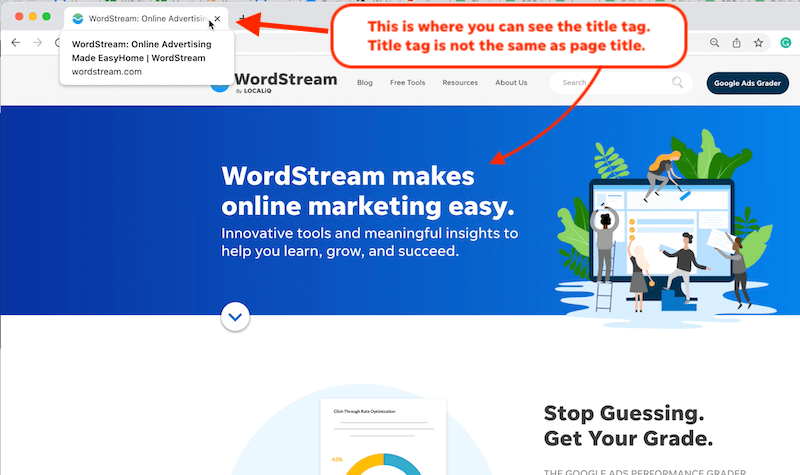Insights into What Is Not Considered a Default Medium in Google Analytics
Insights into What Is Not Considered a Default Medium in Google Analytics
Blog Article
Revealing the Unconventional Mediums in Google Analytics Beyond Default Setups
In the realm of digital analytics, Google Analytics stands as a keystone for businesses seeking to understand their on the internet visibility. While default settings provide useful understandings, truth depth of comprehending hinge on exploring the unconventional mediums that usually go unnoticed. By venturing beyond the surface and diving into the complexities of social media sites data, email campaign performance, recommendation web traffic resources, direct website traffic patterns, and custom channel groupings, a treasure of info awaits those happy to welcome an extra nuanced approach. What lies below these non-traditional mediums might simply redefine just how services view and strategize their on the internet efforts.

Leveraging Social Media Site Insights
Sometimes forgotten, yet profoundly valuable, is the method of leveraging social media sites insights within the world of Google Analytics. By incorporating data from systems like Facebook, Twitter, Instagram, and LinkedIn into Google Analytics, services can obtain a deeper understanding of their target market and the performance of their social media campaigns.
Via this integration, marketing experts can track and evaluate user habits on their web site that stems from social media platforms. They can determine which social media sites networks are driving the most traffic, which material is reverberating with the target market, and which projects are transforming the most leads. This insight permits data-driven decisions to enhance social media sites approaches and improve overall advertising efficiency.
Moreover, by incorporating social media sites understandings with Google Analytics, organizations can create more targeted and personalized campaigns - what is not considered a default medium in google analytics. They can use demographic info, interests, and online behaviors gathered from social media to refine their audience segmentation and supply customized messages that reverberate with particular customer teams. This targeted technique can cause greater interaction, boosted conversions, and eventually, improved roi
Uncovering Email Campaign Performance
Uncovering Email Campaign Efficiency includes examining essential metrics and performance indicators to evaluate the effectiveness of e-mail advertising initiatives. When delving into e-mail project performance, it is essential to assess metrics such as open prices, click-through rates, conversion rates, and unsubscribe prices. Open prices suggest the percentage of receivers who opened the e-mail, supplying insight right into the efficiency of subject lines and sender names. Click-through rates determine the percentage of recipients who clicked links within the e-mail, showing involvement degrees. Conversion rates track the percent of recipients that completed a wanted activity after clicking on a web link in the e-mail, such as buying or signing up for a newsletter. Unsubscribe prices highlight the number of recipients that opted out of getting further emails, losing light on email material quality and significance. By analyzing these metrics, marketing experts can fine-tune their e-mail advocate better interaction and efficiency.
Studying Reference Traffic Sources
After examining the efficiency of email campaigns with crucial metrics such as open prices and conversion prices, the following crucial step is evaluating recommendation web traffic sources in Google Analytics to comprehend where web site site visitors are originating from and exactly how they connect with the website. Referral traffic resources describe the websites that direct users to your website with clickable links. By diving into this data, organizations can obtain understandings right my company into which external systems are driving traffic to their site, whether it be social networks platforms, partner websites, or online directory sites.
It assists organizations determine high-performing reference sources that add considerably to web site traffic and conversions. Google Analytics uses detailed reports on reference web traffic, allowing services to track the efficiency of each referral source precisely and make data-driven decisions to boost their on the internet presence.
Checking Out Straight Website Traffic Patterns
Exploring the direct traffic patterns in Google Analytics supplies useful understandings right into customer behavior and the efficiency of projects - what is not considered a default medium in google analytics. Straight website traffic describes site visitors that come down on a website by directly typing the URL into their browser, using book marks, or clicking untagged web links. Recognizing straight visit this site right here website traffic patterns can aid marketers evaluate the influence of offline advertising and marketing initiatives, brand name acknowledgment, and the efficiency of word-of-mouth references
By delving right into straight web traffic data, services can discover important information about user intent and brand name commitment. Evaluating the actions why not check here of straight site visitors, such as the pages they go to, the time invested on website, and the conversion rate, can provide a much deeper understanding of individual interaction and the overall performance of the internet site in transforming site visitors into customers.
Moreover, tracking straight web traffic patterns over time permits services to determine trends, seasonality results, and the success of particular campaigns or promos in driving straight brows through. This info can then be utilized to refine advertising and marketing methods, optimize internet site material, and boost the general user experience to make the most of conversions.
Using Custom Network Groupings
Utilizing custom-made channel collections in Google Analytics allows services to categorize and examine their website traffic based upon particular standards, offering beneficial insights for maximizing marketing methods. Custom channel groups enable business to develop their own personalized groups of traffic resources, such as social media sites, organic search, email projects, and referral traffic. By defining these collections, organizations can acquire a deeper understanding of just how various marketing channels add to their internet site web traffic and conversions.
This attribute is particularly helpful for organizations with varied marketing techniques across different systems. A firm running both paid and natural social media projects can differentiate in between the 2 to assess their specific performance accurately. Additionally, custom channel groupings can help identify any overlooked or underestimated traffic resources that might be driving useful involvement.
Verdict

By venturing past the surface and diving right into the complexities of social media information, e-mail campaign efficiency, recommendation website traffic sources, direct website traffic patterns, and custom channel collections, a prize trove of info waits for those eager to embrace a much more nuanced technique. They can identify which social media channels are driving the most traffic, which content is resonating with the target market, and which projects are converting the most leads.After assessing the efficiency of e-mail projects through essential metrics such as open rates and conversion rates, the following critical step is evaluating recommendation website traffic resources in Google Analytics to recognize where website visitors are coming from and exactly how they engage with the website. Custom-made network groups make it possible for firms to create their very own customized groupings of traffic sources, such as social media, organic search, email campaigns, and referral traffic. By leveraging social media insights, uncovering e-mail project efficiency, examining reference website traffic resources, checking out direct web traffic patterns, and utilizing customized channel groupings, online marketers can gain valuable understandings right into their on-line existence.
Report this page